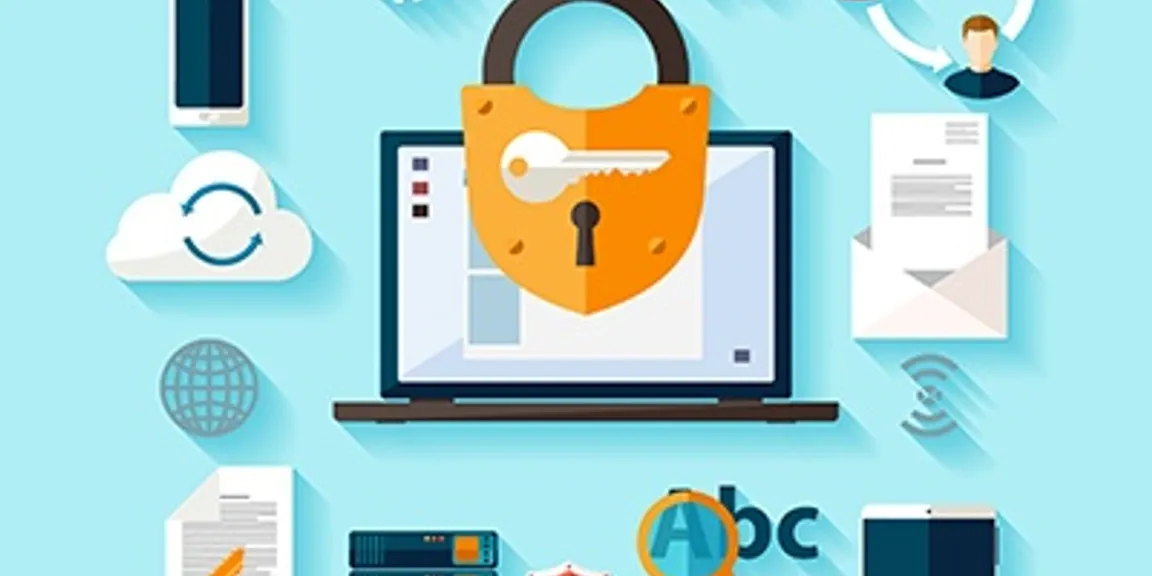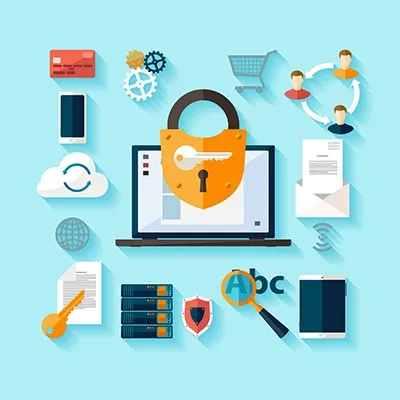

Security is Priority as we Digitally Evolve
As companies worldwide are adopting technologies like big data, cloud, AI enabled IOT (Internet of Things) and mobility, security becomes a topmost priority. But the digital era calls for a different approach to security. The current focus on securing network perimeters needs to shift to safeguarding data distributed among devices, systems, and the cloud.
Statistics show that although most companies and organizations have adopted ICD based technologies like cloud computing, IOT (Internet of Things) and Big Data, they are still suffering security threats causing delays in successful implementations of their Digital transformation goals. A number of factors are responsible for driving the need for improving security, let’s take a look at some of them in detail.
Important Factors driving the future of Cyber Security
Rapid Evolution of Technology
Introduction of IOT and the Cyber-physical systems is pushing Enterprise IT Infrastructures to increase in size and complexity. These systems based technologies rely heavily on devices and systems that bind the digital and physical worlds together for e.g. Smart machines, connected cars etc. Although these systems bring in enhanced productivity and better decision making they increase the scope for potential threats.
Adhering to Regulatory Complexity
Many organizations nowadays have to operate in complex regulatory environments and this means compliance with many security standards. For example, financial organizations have to adhere to regulations associated with the Financial rules and laws of their respective nations which are constantly updated. Cyber-security needs to evolve to keep up with these changes and support these organizations.
Evolving complexity of Attacks
With each passing year, even the hackers and attackers have upped their ante by increasing the complexity of their attack by developing asymmetric strategies. For example, ransomware attacks have been added to the list of phishing, DDoS and social engineering attacks, while the methods used by cybercriminals are constantly evolving based on the use of advanced sniffing and encryption techniques.
Resource Limitation
Most SME (Small Medium Enterprise) sector companies are lacking in resources like subject matter expertise and financial support necessary to deal with constantly updating cybercrime. This happens to a business looking for cost-effective solutions.
Cyber Security Solutions emerging to deal with such threats.
Automated Security with Artificial Intelligence
Automating cybersecurity solutions will prove to be key in dealing with the ever-growing sophistication of cybersecurity threats. This will increase the use of machine learning systems, which can detect patterns and create pre-emptive strategies in an automated fashion. Deep Machine learning and artificial intelligence technologies can identify and predict complex attacks which are not possible by conventional solutions.
Integrated Policies
Currently, a number of physical and cyber security related policies are being enacted as the close interaction between Cyber and Physical systems like IoT and CPS systems increases. There is a close interplay between the security mechanism that exists between them. For example, CCTV and electronic access gates are primarily used as physical security. This close interplay is has increased the number of policies.
Cloud and container service provider’s ability to scale up on demand is a key selling point but to make this successful client’s need to be assured that security is in complete sync with the upscaling of resources. This can only be achieved when the complete orchestration of the system is transparent between the security and infrastructure teams. These goals are achievable if the below steps are discreetly taken into consideration.
Transparent Security Deployment
A single security solution should be employed across different sections instead of deploying multiple security monitoring tools for specific use cases. This approach is greatly lauded when it comes to security, but bringing this in practice requires work and consolidation of services. This provides visibility across all IT assets, regardless of deployment being internal or across multiple cloud instances. To achieve this, lightweight, automated security deployments have to be carried out on Virtual Sensors in Hypervisors, Data Centre’s Physical sensors, within all container images and across the cloud infrastructure.
Automatic actions based on Best Practices
With the rising number of infrastructure platforms and the dynamic scaling up of these platforms, security teams should be able to detect threats automatically and take action. Based on what the best practices are and the intensity of risk automatic action can be enabled to deal with such threats beforehand.
Detection of problems or threats alone is not enough if these threats are significant enough to warrant. It will be much more efficient to flag the assets for fixes as fast as possible. Placing devices in lockdown as soon as a threat is detected can work wonders as you can automate patches or fixes to work during that time processes while the fix takes place can also help. Virtual Patches can be applied to cloud and web applications to stop potential issues and prevent problems as well.
Security should be viewed as an integrally indispensable element of any modern digital infrastructure instead of looking at it as a defensive measure with limited to no ROI. Enterprises should give equal importance to security transformation as is give to digital evolution.






